AWD vs 4WD: What’s the Difference?
Let’s dive into AWD vs 4WD.
AWD stands for All-Wheel-Drive, and 4WD stands for four-wheel-drive. Confused? You’re not alone. These terms leave many consumers thinking: why do we need a new term for “all” wheel drive when regular cars only have 4 wheels anyways?
Fair questions.
Most importantly, car shoppers want to know whether they need AWD or 4WD, and how to choose. In this guide, we’ll break down what each of these terms really means, how they’re different, and why it might matter to you.
What is all-wheel-drive?
All-Wheel-Drive (4WD) means that the car sends torque to all the wheels all the time, automatically. Part of why the word “all” is used because this term could also apply to vehicles with more than four wheels, like 6-wheel or 8-wheel semi-trailer trucks. It’s easier and more common to say AWD rather than 8×8, and so on.
What is 4-wheel-drive?
4-Wheel-Drive (4WD) means that the car is capable of sending torque (power) to all four of the wheels at the same time. It’s sometimes also referred to as 4×4 as shorthand. The key thing here is that it’s possible to send torque to all four wheels, but not necessarily the default. Typically, 4WD vehicles allow the driver to select whether or not they want to turn on the 4WD functionality.
Here’s where it gets a bit confusing. This option to turn the 4WD off and on is also sometimes called “part time” or “full time” 4-wheel-drive—terms that mean what they sound like. A part-time 4WD vehicle means that the driver has that option to drive with either all four wheels powered, or just two. Full-time 4WD means that all wheels are powered continuously and automatically.
AWD vs 4WD: What’s the difference?
The only true difference between the two terms is that AWD could refer to a vehicle with more than four wheels. Typically, the only real difference is that a 4WD might give the driver the option to turn the 4WD function on and off depending on the situation they are in. But as we mentioned, sometimes 4WD is “full time” which is effectively an AWD car.
To further the confusion, some car manufacturers and dealers will use the terms interchangeably—which is why it gets confusing. If you’re ever car shopping and not sure what a seller or dealership means, ask them a clarification.
The other big difference is that some 4WD vehicles have a high and low gear range options. This means that a savvy driver can choose how they want to drive for different conditions.
High gear driving is when the car wheels spin faster, but with less power. This is great for typical city driving on smooth surfaces.
Low gear driving is when the car wheels spin slower, but with more power. This option is ideal if you plan to drive in rough terrain, like driving in snow, ice, or rocky areas.
Which one do you need?
If you want flexibility, control, and plan to drive in treacherous conditions, then 4WD drive is your best bet. 4WD is notoriously great for off-roading, so if you’re feeling adventurous then it’s your best option.
On the other hand, if you plan on mainly driving in a city, but just like the idea of having some extra power and the option to do some light off-roading, AWD is a great choice. There are also a lot of options in the AWD category, from luxury vehicles to trucks.
Either way, the most important thing is finding a car that meets all of your needs—including the price, mileage, size, power, and more. If it’s your first time buying a car, check out our guide on first time car buying for everything you need to know.






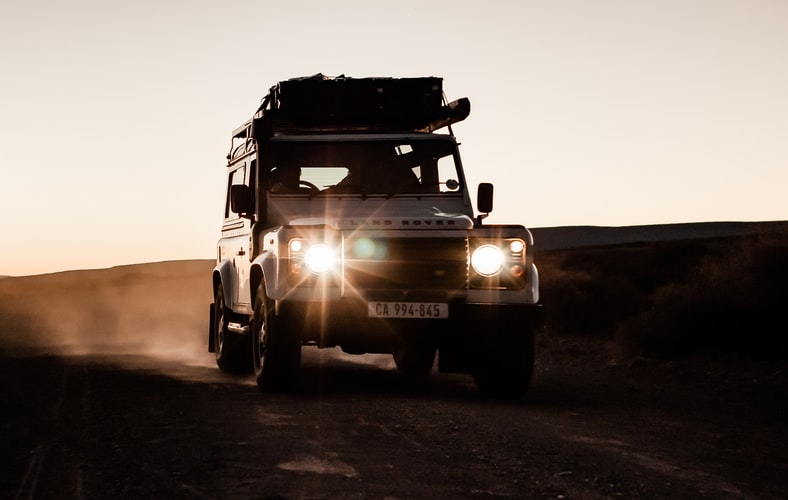
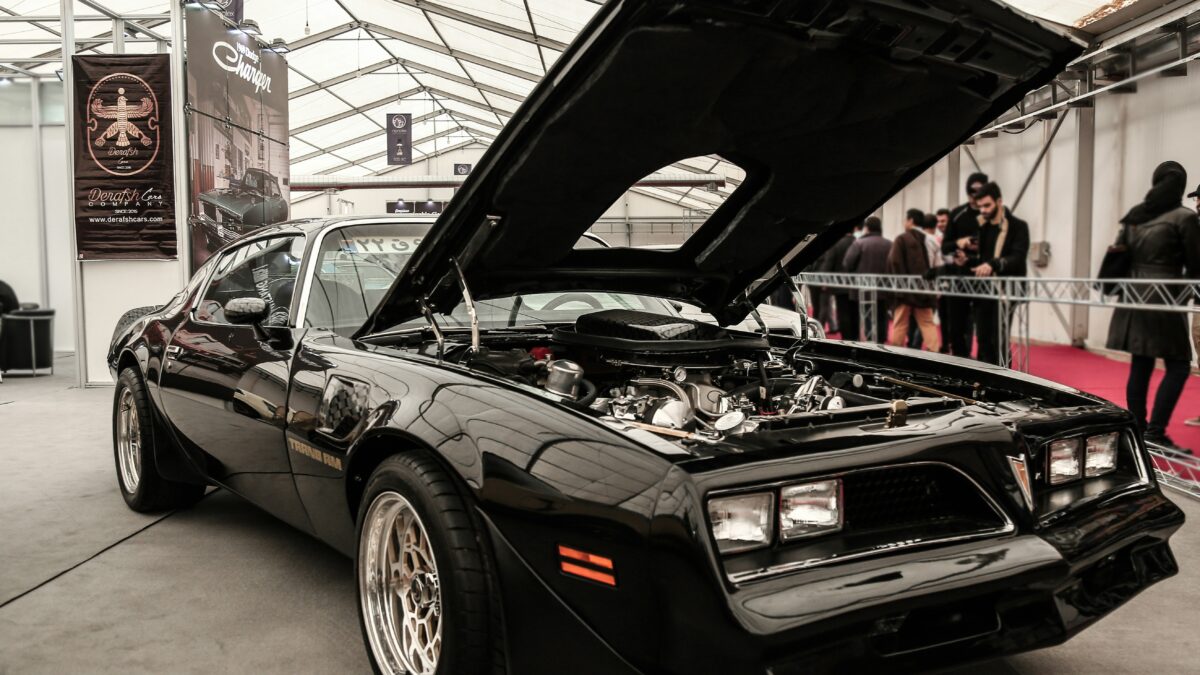
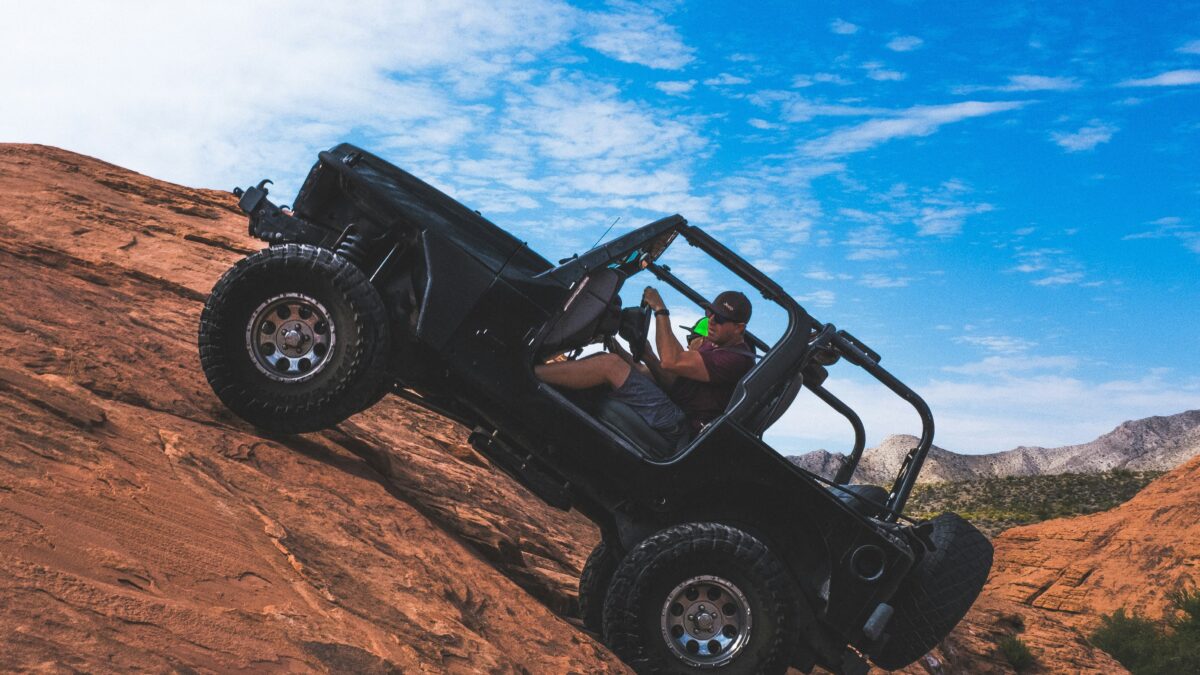

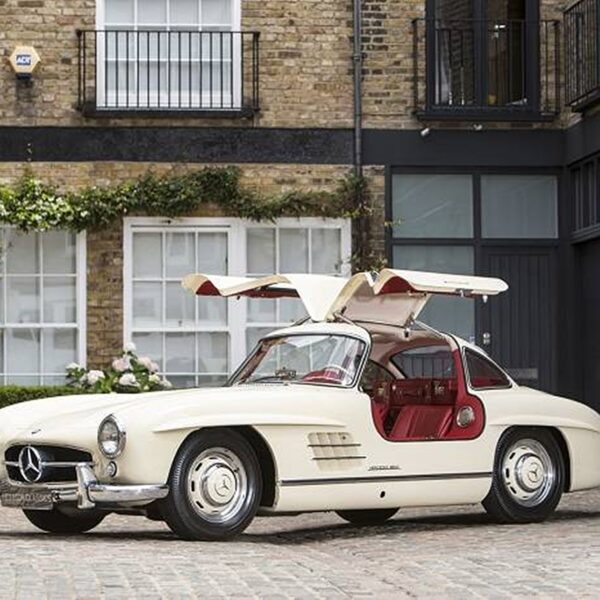

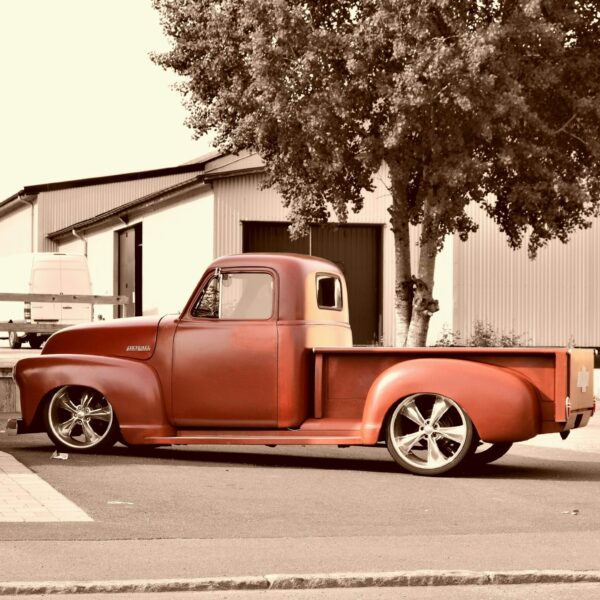




AWD = all wheels can put power to the ground and the power can be biased side to side and front to rear, or even delivered to just one wheel
4×4 = There is no central differential and there is no way to bias torque between the front and rear. This design is usually stronger in off road environments, but you will break the transfer case by engaging 4×4 on a dry road when you start to turn. The tires need to be able to scrub or slip, so this system should only be engaged on a low traction surface.
Thank you for clarifying!